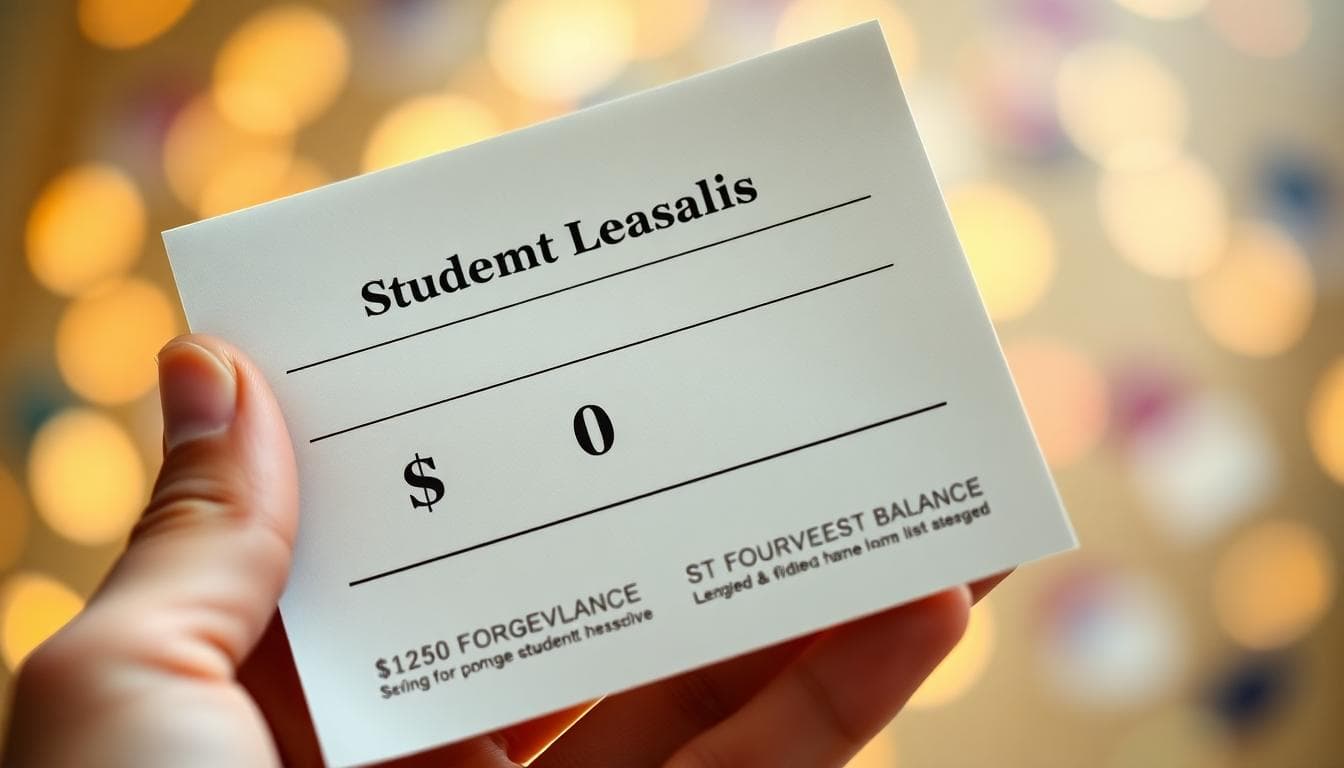The White House says it will move ahead with canceling student debt for millions of borrowers in select income-driven repayment plans. It’s a sharp shift after months of limits and legal fights. If you are in an income-driven plan, this update could affect your monthly payments, eligibility for cancellation, and your tax bill.
What changed
The administration agreed, under a legal settlement with a major teachers union, to resume processing forgiveness in two income-driven repayment (IDR) plans: Income-Contingent Repayment (ICR) and Pay As You Earn (PAYE). Borrowers who become eligible for forgiveness this year will not owe federal taxes on the relief, according to the announcement.
Previously, forgiveness activity under some IDR programs was paused as the Education Department pointed to legal uncertainty around newer plans. That pause left many borrowers stuck, unsure when relief would arrive.
Who qualifies right now
- Borrowers enrolled in ICR or PAYE who have reached the required number of qualifying years of payment.
- Public service workers who have qualifying service time under applicable rules.
- Borrowers whose accounts were reviewed during the IDR payment-count adjustment and now meet the threshold for cancellation.
Exact eligibility still depends on verified payment counts, loan types, consolidation history, and enrollment status. If you are close to the finish line, watch for notices from your servicer.

How this interacts with other plans
Income-Driven Repayment plans calculate monthly payments based on income and family size, and they cancel remaining balances after a set period, typically 20 or 25 years. Some plans are being phased out under newer legislation, but the settlement directs the department to process relief for ICR and PAYE participants who qualify now.
Borrowers previously steered into the remaining Income-Based Repayment (IBR) plan can continue there; this update doesn’t remove IBR, but it reopens relief pathways that were effectively shut for many months.
Tax implications
The announcement says federal taxes will not be due on forgiveness granted this year for eligible borrowers. That’s important for households that feared a surprise tax bill. State tax treatment can differ, so check your state rules or ask a tax professional.
What you should do this week
- Log in to your loan servicer account and confirm your current plan (ICR, PAYE, or IBR) and your payment-count history.
- Update income and family size if you’re overdue; missing recertifications can delay action.
- Download your payment history and any prior consolidation records.
- Turn on email and text alerts from your servicer and the Department of Education.
- If you’re a public service worker, verify employment certification is current.
Common scenarios
Near 20 or 25 years: If you are within months of eligibility, keep paying as scheduled. Watch for your payment-count adjustment and any forgiveness review flags.
Multiple loan types: Older FFEL or Perkins loans might need consolidation to qualify for certain counts. Consolidation can reset the clock in some cases, so review guidance or talk to your servicer first.
Gaps or forbearances: Some past deferment or forbearance periods may count after recent adjustments. Check your detailed payment history.

How servicers will notify you
Servicers typically send an email first, followed by a letter. You should see an account banner or a recent activity line item showing a discharge or a balance adjustment. If your account shows a $0 balance, download the confirmation letter for your records.
What if you don’t see movement
- Open a support ticket with your servicer and request a payment-count review.
- Confirm your plan type and the specific forgiveness clock that applies to your loans.
- If you consolidated recently, ask how the adjustment affects your count.
- Escalate to the Federal Student Aid Ombudsman if you get no response after 30 days.
Budget moves to consider
If relief is likely, plan ahead. Pay down high-interest credit cards, boost your emergency fund, and check your credit reports to ensure your student loans update correctly after discharge. If you plan to buy a home soon, ask your lender how a discharge will be reflected in underwriting.

Key takeaways
- Forgiveness processing resumes for ICR and PAYE participants who qualify now.
- No federal taxes on qualifying forgiveness granted this year.
- Check your servicer account, verify counts, and keep documents handy.
- State taxes and individual situations can vary; seek advice if needed.
What to watch next
- Official guidance from the Department of Education with a timeline for implementation.
- Servicer updates about payment-count adjustments and discharge schedules.
- Any state-level tax guidance for forgiven balances.
- Updates on the future of IDR plans slated to phase out and what replaces them.
This is meaningful relief for borrowers who have waited years. The path forward is clearer, but you still need to confirm your plan, your counts, and your paperwork. Take an hour this week to log in, review your file, and set alerts. A little prep now can help you capture the relief you’ve earned.
To contact us click Here .

